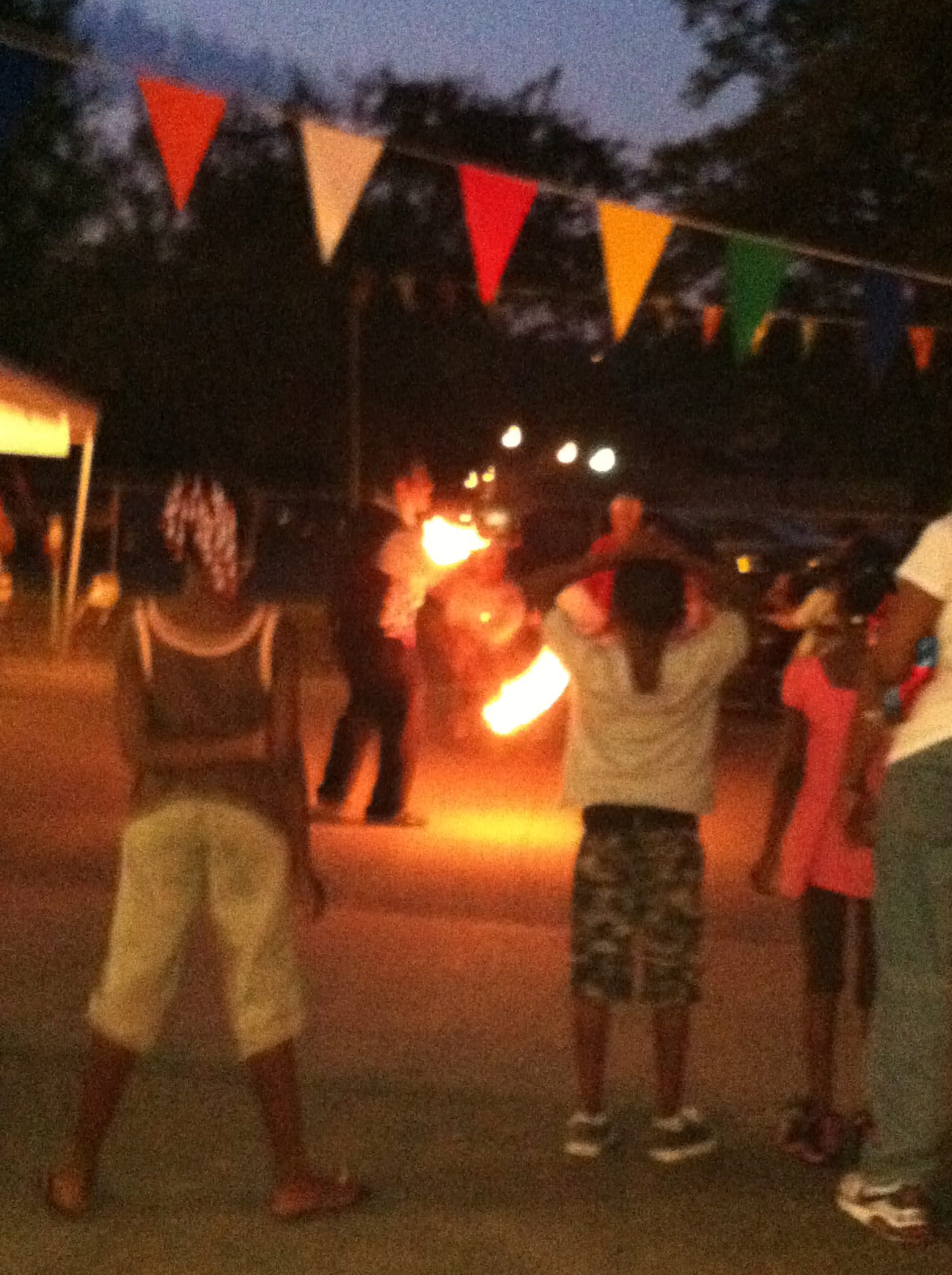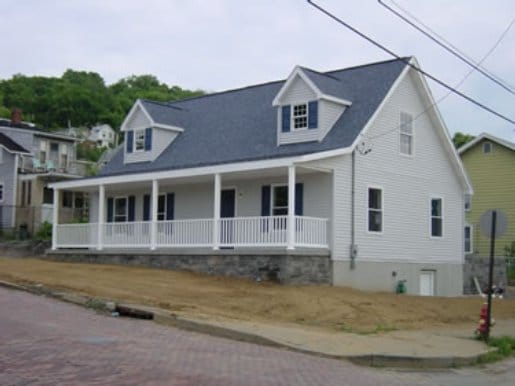This site has two central locations:
I. THEME: No shelter from the storm
II. DIGRESSIONS (not related directly to the theme; my daughters Joanna and Amelia [ “You regard your family as a diversion?), stories, career, and whimsy.
++++
Navigating NO SHELTER FROM THE STORM
Where do I want to go?
To a neighborhood which must be developed: A global model of independent living for elderly and disabled individuals consisting of:
a) An experimental residence for an individual or a family. For example, Blueroof’s Experimental Cottage in McKeesport, PA–a one story residence on inexpensive land in a burned out section of a Rust Belt town where a community could be developed.
b) Low-cost factory housing (mobile home) residences where sensors and other off-the-shelf technology are embedded in the walls.
c) Technology includes: +Security system. +Motion detectors to monitor falls, especially high risk areas such as the shower.+Computer voice simulation combined with wireless communications so the walls of the building call family or emergency services for help.
d) Research facility at a major university, e.g. Penn State’s Immersive Construction (ICon) lab where a virtual reality (animated 3-D) model of the real experimental residence helps prospective residents, the architectural, engineering, and construction community, caregivers, et al. change design before additional construction takes place.
e) An inter-generational accessible community.


